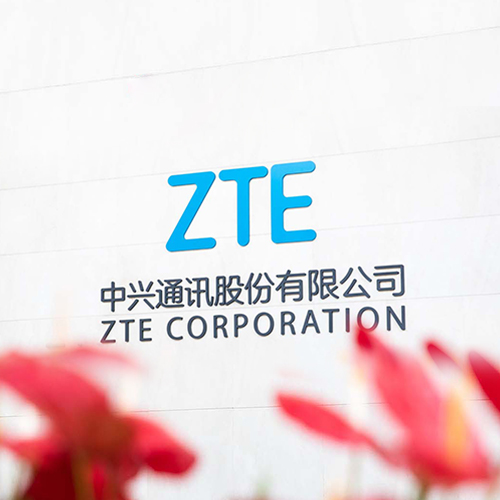New LTE-R solution demonstrates superior network performance and safety in debut at UIC HIGHSPEED conference in Tokyo
8 July 2015, Toyko – ZTE Corporation (0763.HK / 000063.SZ), a major international provider of telecommunications, enterprise and consumer technology solutions for the Mobile Internet, announced the launch of the LTE-R broadband network solution to bring next-generation performance and improved safety to rail operators.
Making its debut at the UIC HIGHSPEED conference in Tokyo, ZTE’s LTE-R solution offers superior capabilities for video group calls, group, private, emergency and broadcast calls and call priority functions. Based on the latest B-TrunC standard, the new LTE-R solution is also compatible with GSM-R systems, while also supporting the FAS system, multimedia dispatching and the PLMN/PSTN networks. The new solution also offers multimedia trunked dispatching, video phones, real-time video surveillance and release of comprehensive passenger information.
Trunking performance indicators show the new LTE-R solution delivers large performance improvements compared to existing GSM-R railway communication systems and LTE upper-layer applications. End-to-end call setup delay is less than 350 milliseconds, while floor seizure delay is less than 200 milliseconds.
“The new LTE-Rtechnology helps rail operators improves operations, maintenance and security,” said Sun Mingliang,VP of ZTE. “As a leading provider of high-performance broadband network solutions to rail operators, ZTE is committed to deliver ongoing improvements in our products and services.”
The LTE-R solution comprises systems for video surveillance and passenger information, developed with TAU technology, offering enhanced railway security. Video surveillance is used in dangerous railway areas and on train carriages to improve rail operations, maintenance and emergency response, providing passengers with updated travel information, news and online resources. Additionally, ZTE’s innovative portable railway emergency equipment integrates the BaseBand Unit, Remote Radio Unit and CN equipment into a 20-inch trolley case to provide on-site relief during railway emergencies.
ZTE’s LTE-R solution comprises of a FDD and a TDD solution. The FDD solution is based on the industry-leading SDR platform, in which one base station supports both GSM-R and LTE-R services. The TDD solution supports the existing GSM-R 900 MHz spectrum as well as the European GSM-R extended spectrum. Neither the GSM-R system nor the LTE-R system requires a protection band on the spectrum, so the FDD solution provides higher frequency efficiency. The TDD solution supports dedicated spectrums on low frequency bands below 1 GHz, thus providing better broadcast features and high-speed performance. Taking advantage of the flexible uplink/downlink proportion feature of the LTE TDD mode, the TDD solution can also provide users with timeslot proportion choices, such as 1:3, 2:2, and 3:1, based on service features.
LTE-R provides flexible network architectures, such as shared-site dual-network architecture and interweaving network architecture, and can also support hot standby of all boards on the BBU and hot standby of RRU hardware. The self-adaptability frequency compensation algorithm developed by ZTE based on scenario features ensures that there is basically no performance loss at the speed of 300 km/H. The super-cell algorithm developed by ZTE reduces the number of handovers between adjacent cells, thus guaranteeing the QoS level. Cloud Radio, a patented ZTE technology reduces inter-cell interference and improves the boundary throughput.
ZTE added advanced technologies and services while protecting customer investments by designing LTE-R to absorb and incorporate GSM-R technology. The core network can easily shift from a 2G network to a 4G Evolved Packet Core (EPC) network, as both share a hardware platform and service deployment. The radio access network satisfies design requirements of a shared G/L platform and shared module. Based on the advanced and reliable SDR platform and Advanced Telecommunications Computing Architecture (ATCA), ZTE’s new solution can support multi-layer backup mechanisms, such as a network-layer backup, link-layer backup and board-layer backup. These technologies guarantee the high reliability of a single device and avoid single-point faults in the network, creating a reliable and smooth railway network.
Since entering the rail transportation industry in 1999, ZTE has made continuous investments in the field of rail transportation and has developed diversified products including terminals, base stations, core networks and service applications, providing customers with excellent products and solutions. ZTE's products support the latest broadband trunking standard B-TrunkC for the LTE network and lay a solid foundation for railway communications to evolve into the next generation.
